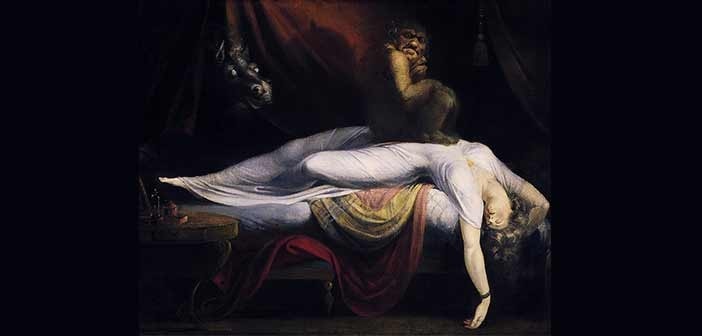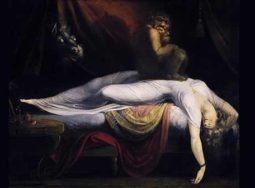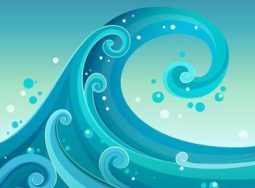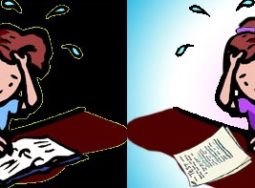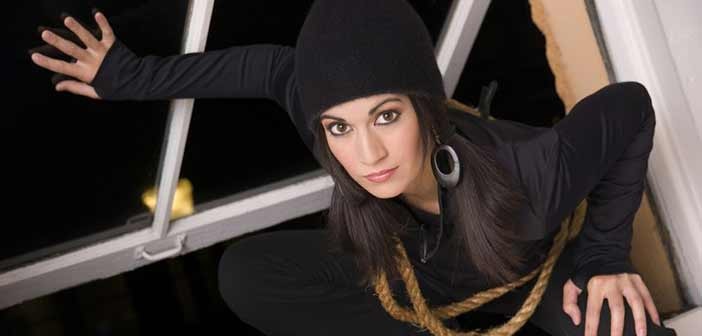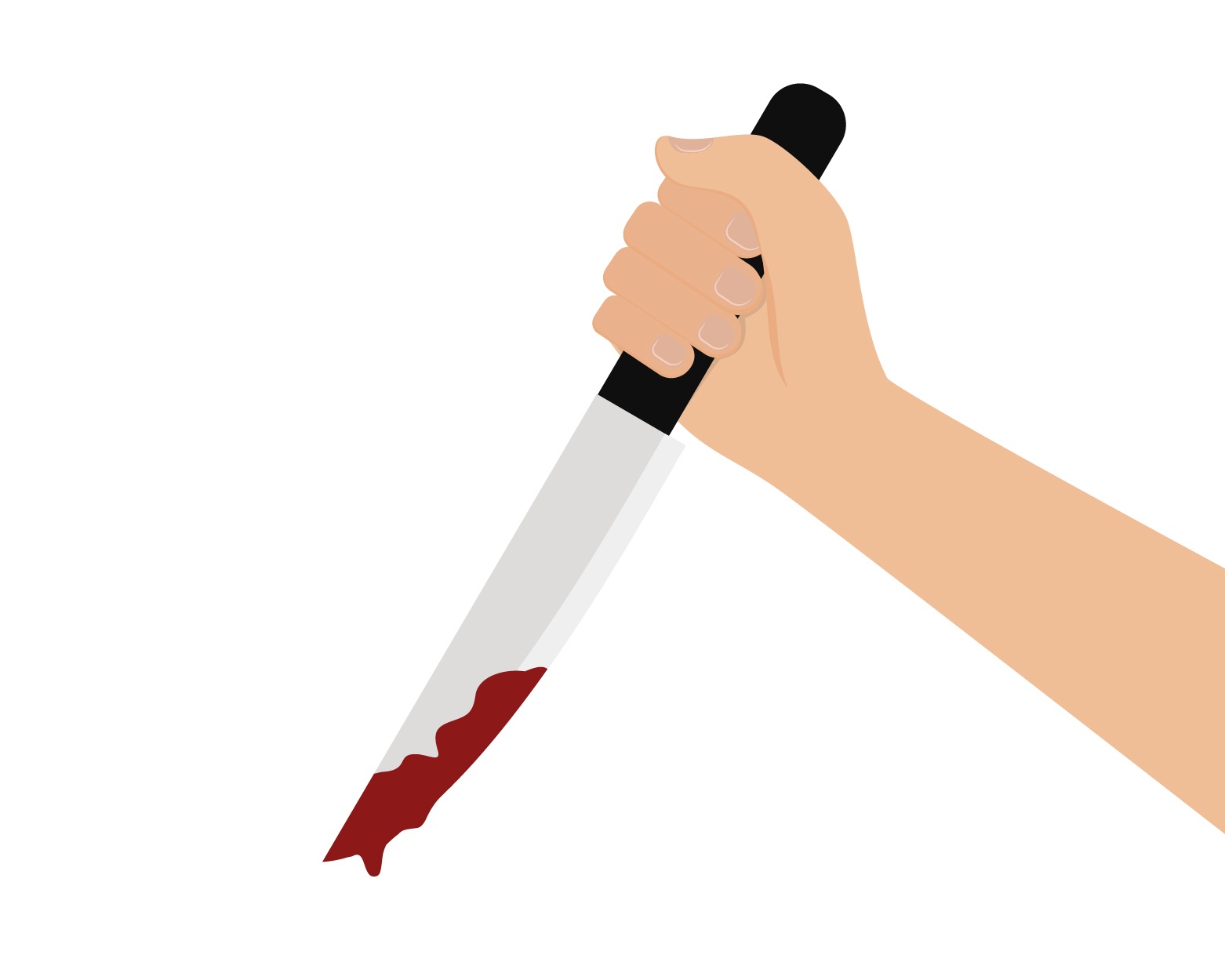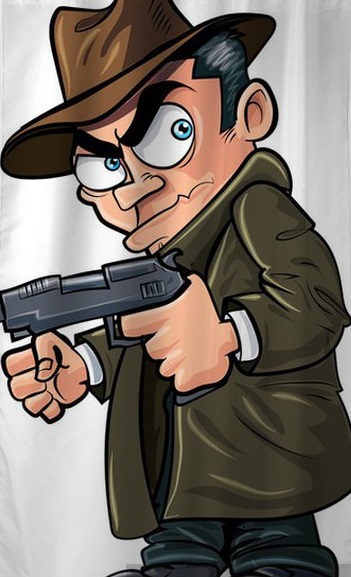Sleep paralysis is a phenomenon that happens during the transition between sleep and waking. During R.E.M. (dreaming) sleep the body becomes paralyzed, in order to keep us from physically acting out our dreams. Normally, the paralysis stops before we wake up. However occasionally there is a ‘glitch in the system’, and our mind wakes up before our body is released from the state of paralysis. While many people may experience an upsetting (though soon to pass) case of sleep paralysis, others report an even more terrifying occurrence that happens while in the paralyzed state: the sensation of being visited by some kind of entity. Coined ‘Paralysis Attacks’ by David Hufford, Professor of Behavioral Science at Penn State University, these experiences are described by those who experience it as a visitation by an negative presence. Hufford has done extensive research, and has been able to identify over 30 common elements to these attacks.
The prevailing common denominators are:
• Waking up in bed and realizing one can’t move
• The person can move their eyes, but the body is paralyzed
• Hearing footsteps
• A figure enters the room (often described as dark, not human, intent to harm, some sort of presence but not sure what)
• Incredible sense of fear
• A feeling of weight or pressure upon the chest (sometimes other areas of the body, most commonly the chest)
• A sense that if the person just laid there, they would die.
• The experience feels very real, different than a normal dream or nightmare.
The frequently reported sensation of pressure on the chest, combined with the sensing of some sort of negative presence, cause us to believe that Fuseli’s painting ‘The Nightmare’ (above) is a depiction of a sleep paralysis attack. Accounts of this phenomenon are documented in art and literature as far back as we have historical records, and in fact, Hufford doesn’t know of any culture, anywhere, that doesn’t have a tradition describing it. Known by different names around the world: ‘The Old Hag’, ‘Popabawa’, ‘Demon’, ‘Witch’, or just a dark figure or shadow, the description of the experience is the same.
People in this state are able to accurately describe their environment, indicating a state of being awake, yet brain wave recordings taken during attacks show elements of both wakefulness and REM sleep. Victims are usually convinced they are awake and that this was not a dream. They are actually in a mixed state of consciousness between wakefulness and dreaming, also known as a hypnopompic state (when a person is falling asleep, as opposed to waking up, the same mixed state is known as the hypnogogic state).
It would be easy enough to attribute the whole description to a bad dream or nightmare; but that doesn’t explain why so many people – including many who have never heard of this phenomenon – report such similarities in their accounts. While there are variations in individual reports, the similarities cannot be ignored. In fact, the descriptions bear uncanny similarity to alien visitation reports, and Hufford believes these are actually cases of sleep paralysis attacks.
Science as of yet does not have a sufficient explanation for this baffling phenomenon, which does not reduce the suffering of those who experience this terrifying occurance. For more information, check out Hufford’s book: The Terror That Comes In The Night
Also check out Ryan Hurd’s book: Sleep Paralysis: A Guide to Hypnagogic Visions and Visitors of the Night
And I wish you all SWEET DREAMS tonight!

